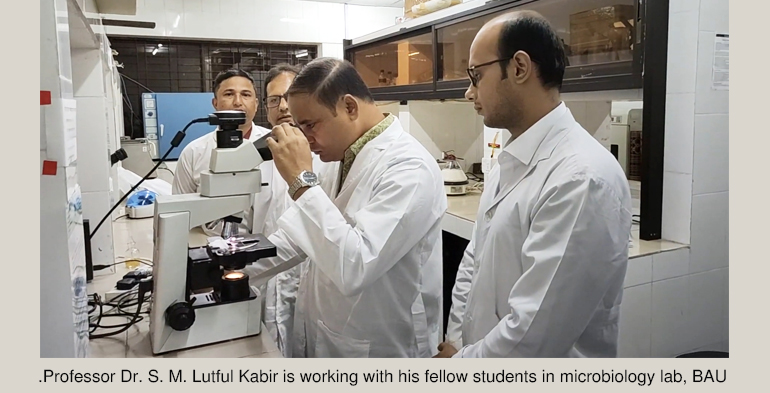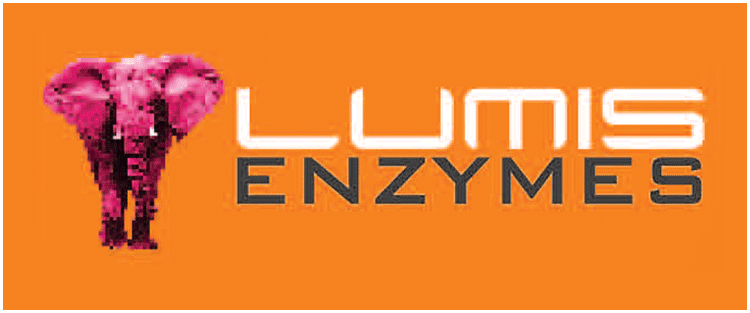
Din Mohammed Dinu:“STEM education is the most effective method to keep up with the industrial revolution 4.0” was saying the Editor-in-Chief (EIC) of “Asian Journal of Medical and Biological Research” or simply AJMBR, the country's one of the top microbiologist, Professor Dr. S. M. Lutful Kabir from Bangladesh Agricultural University (BAU).
He added, “As we all know, science, technology, engineering, and mathematics (STEM) is advancing over the globe for decades, if we want to go with the advancement with the rest of the world, this country needs internationalization of our research, institutions, and policy”. He emphasized, “When every component is functioning properly, we'll need international standard journals to publish the results of our research labs, and that was the primary motivation for launching the journal”. Last week, we had a fantastic interview with microbiologist Professor Kabir the founder of Ebu Press Ltd, which is publishing two other journals along with AJMBR.
“When we started our journal, very few journals were available in Bangladesh for publishing venue to the researchers who can taste publishing in an international standard journal” said Professor Kabir.
AJMBR was primarily launched in March 2015, while the first issue was published in June 2015. Although Professor Kabir was the publisher, but the first EIC was a renowned Japanese Professor Dr. Masashi Emoto, from Gunma University and Professor Kabir took over the position on 2021. From the beginning, it was abstracted and indexed in BanglaJOL, managed by the Bangladesh Academy of Sciences. This journal also indexed in CAB Abstracts (CABI), Crossref, Electronic Journals Library, Global Health (CABI), Google Scholar, JournalSeek, and WorldCat.
“One of the key principles that each journal should adhere to is publishing scientific articles in accordance with Committee on Publication Ethics (COPE) standards, which guarantee the best practices in academic publishing ethics”, Professor Kabir told to us. Nevertheless, he was afraid that many predatory publishers and journals are still on the global platform, which publishes non-peer-reviewed articles for profit. In this case, both authors and the scientific community suffers from non-genuine publications which might lead to questions about the research publishing.
AJMBR practices a single-blind peer review process, which suggested, the referee can see the author's name and identity while the author will never know the editor or reviewer’s identity. The journal’s international editorial team and recognized scientists are usually considered the editor or reviewers of any manuscript, which submitted to AJMBR.
Bangladesh has only a few journals indexed in the world's prestigious Scopus and Web of Science databases. He told us he and his journal staff are working on getting into these two databases within the next few years.
All the editorial board member of this journal has PhD degrees from reputed and ranked universities around the globe, and only a few editors are from Bangladesh. Some internationally renowned professors and scientists from the field of medical science, veterinary science, fisheries, agriculture, and marine science are closely working with the journal.
So far, AJMBR published 522 articles from different disciplines and all the articles are freely available to the readers along with the global scientific community. Professor Kabir said, “open-access publishing model is the key to disseminating science to the root scientific population and even scientists from the underdeveloped or underprivileged countries can read any research from any part of the world”.
From 1st July 2022, AJMBR started a continuous publication model referring that as soon as an article is ready to be published, it will be immediately assigned to an issue online rather than waiting for other articles to be completed, resulting in faster access to the final version.
AJMBR is registered with Sherpa Romeo, which is an online resource that aggregates and presents publisher and journal open-access policies from around the world. Every article published in AJMBR is deposited as Crossref metadata which is preserved by the CLOCKSS (Controlled Lots of Copies Keep Stuff Safe) system.
Professor Kabir provided information about the citation matrix to us and we found this journal has 2246 citations, h-index: 19, and i10-index: 62, which is impressive for a journal that started before eight years. Any genuine, novel, accurate, and rigorous scientific research work allied with medical and biological science can be published in this venue, and authors are highly encouraged to submit their original work to this international platform.





















